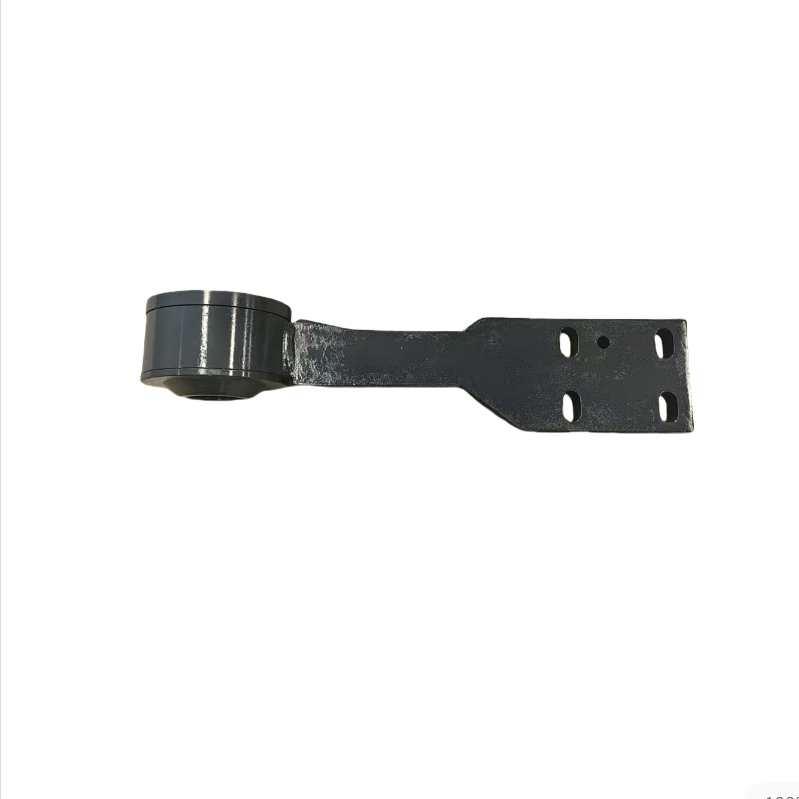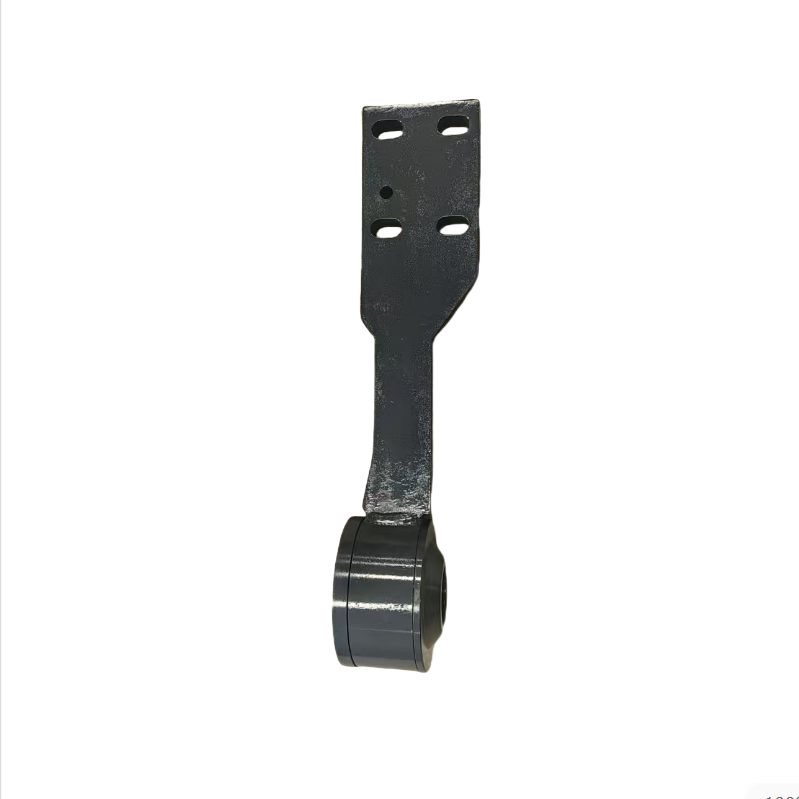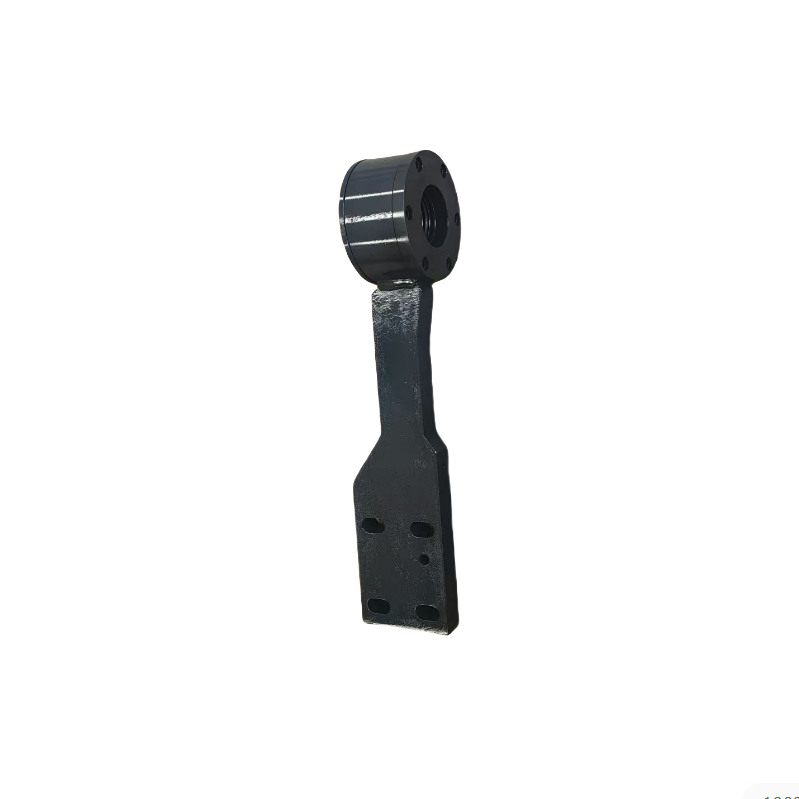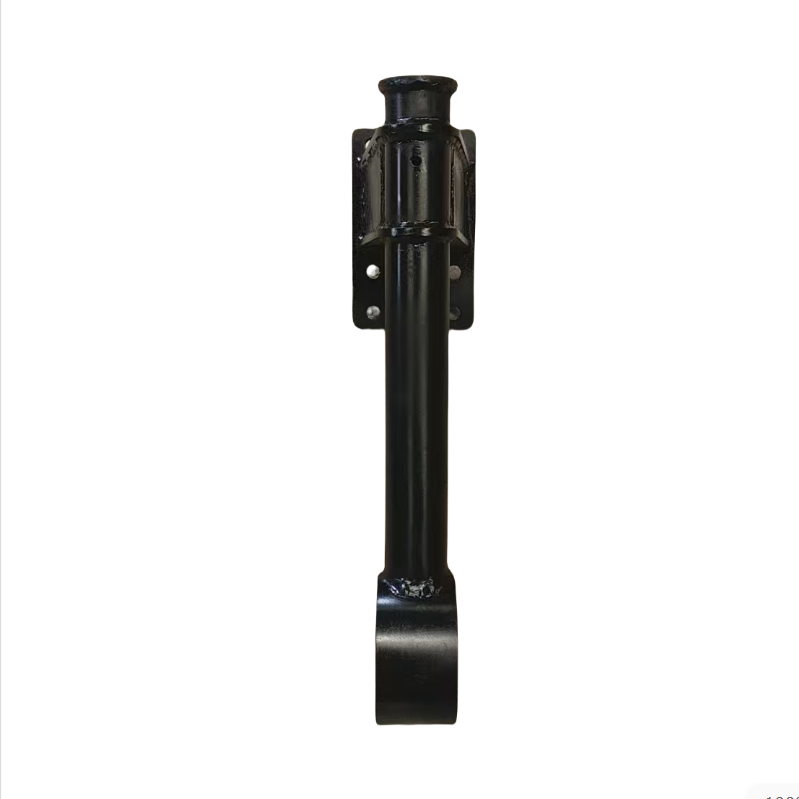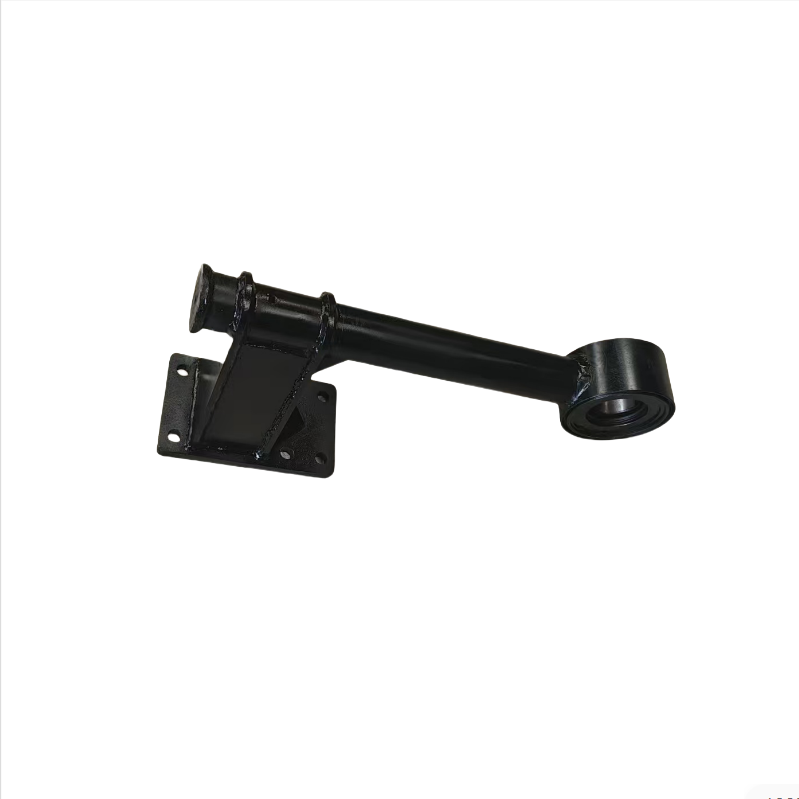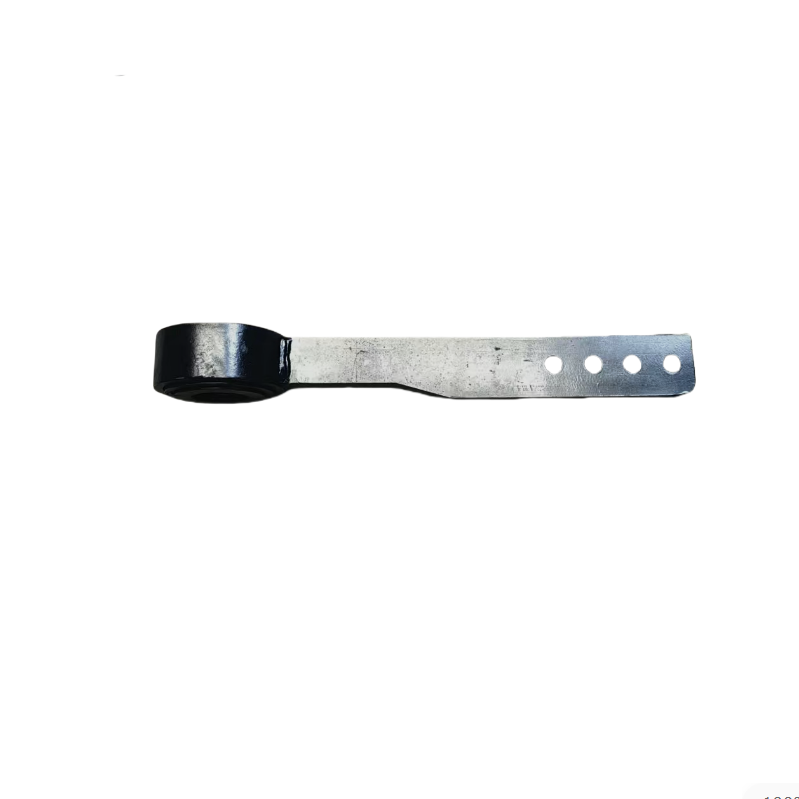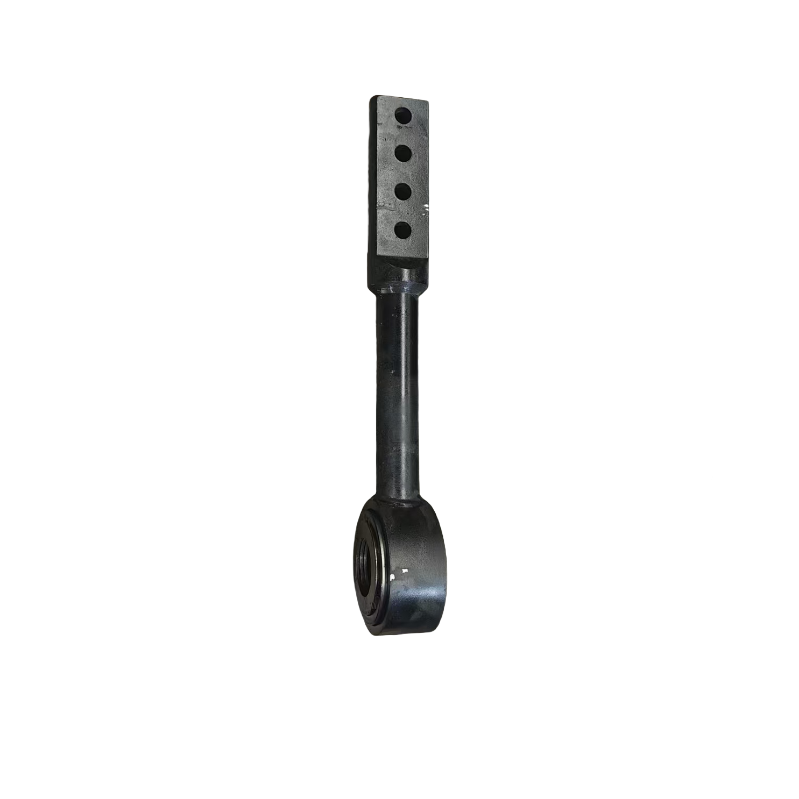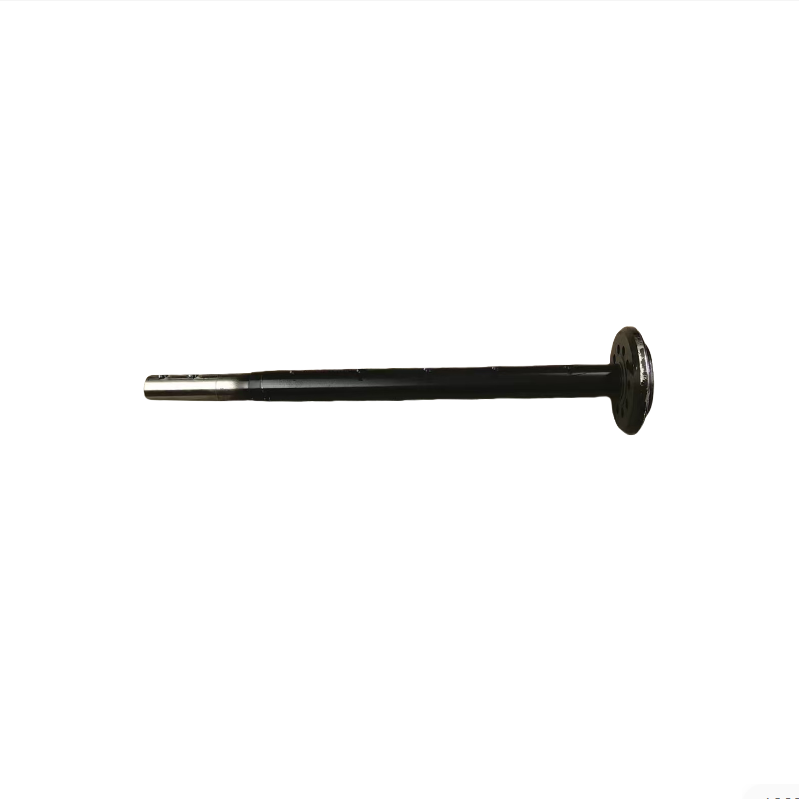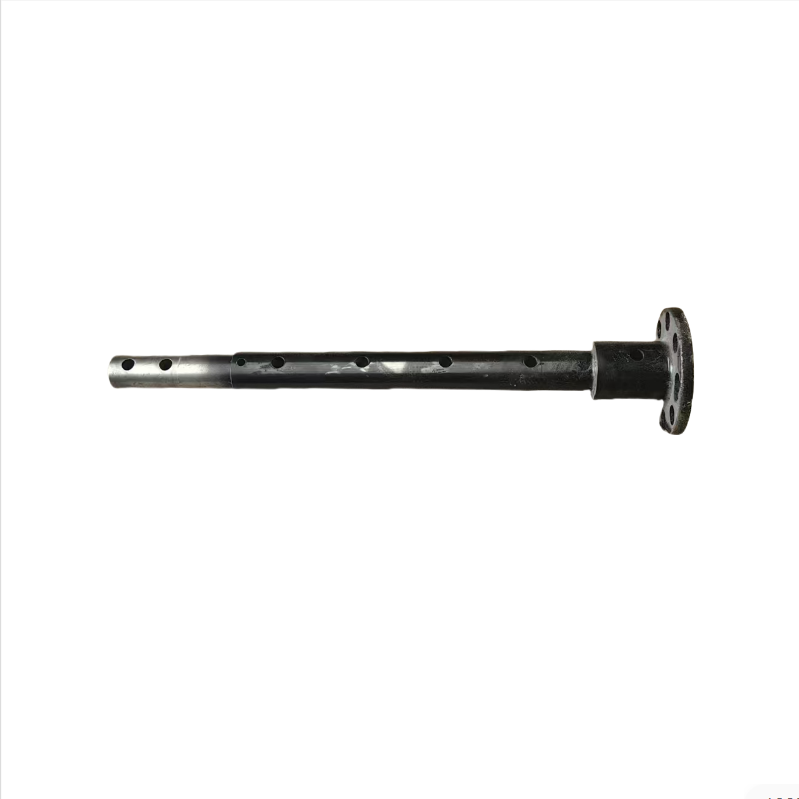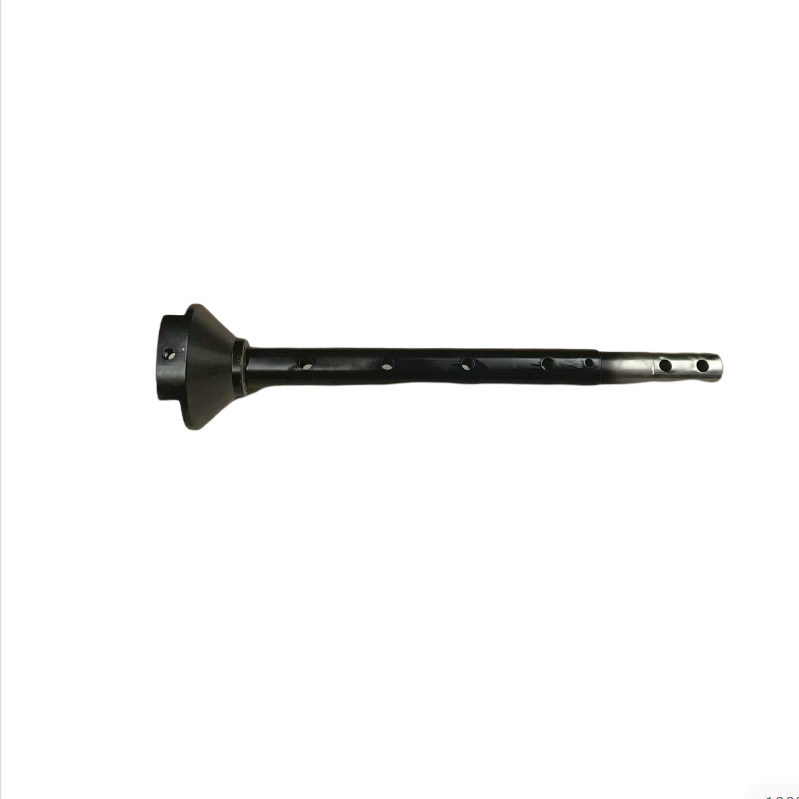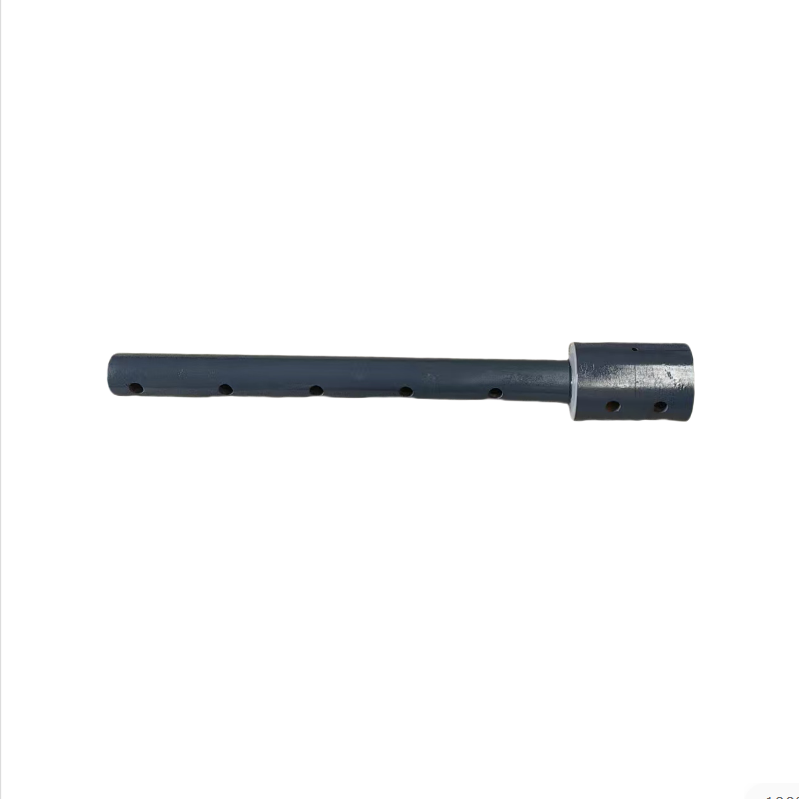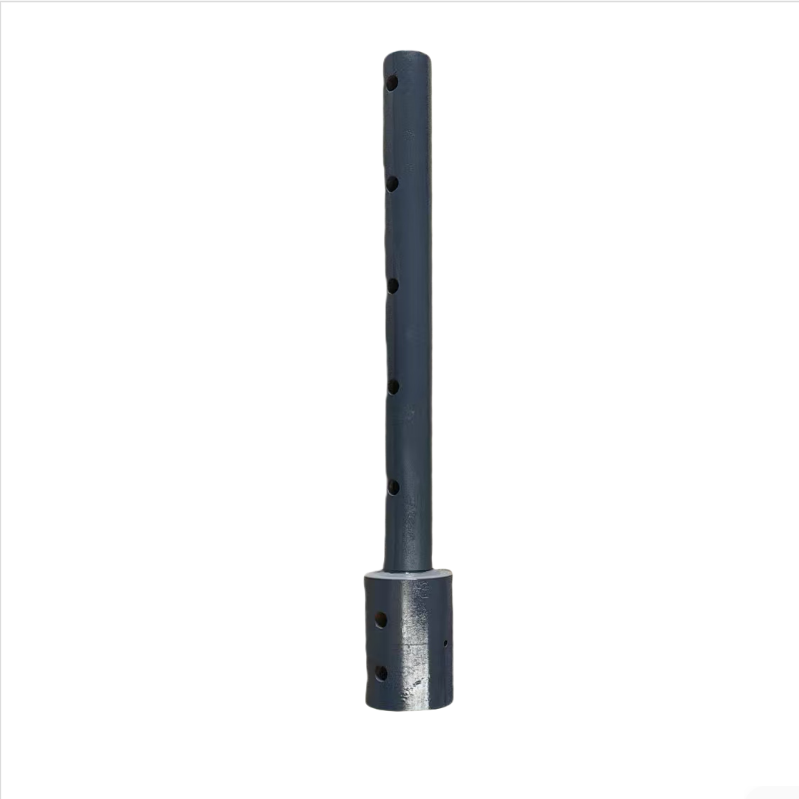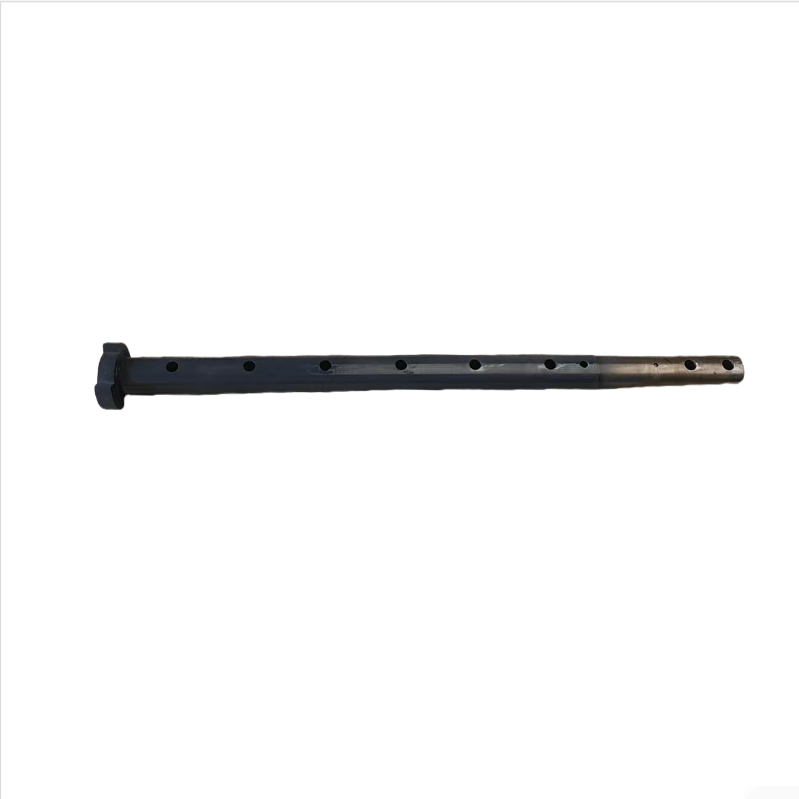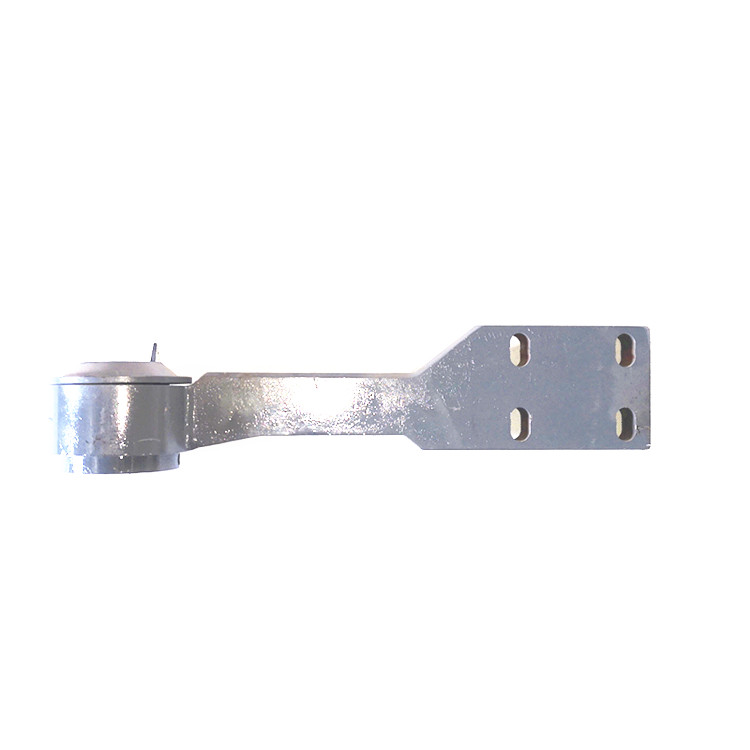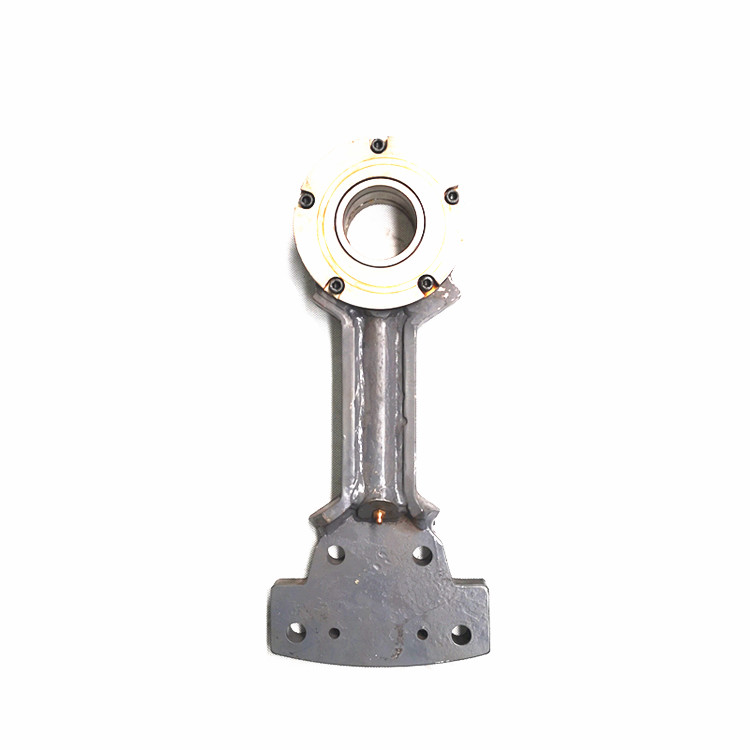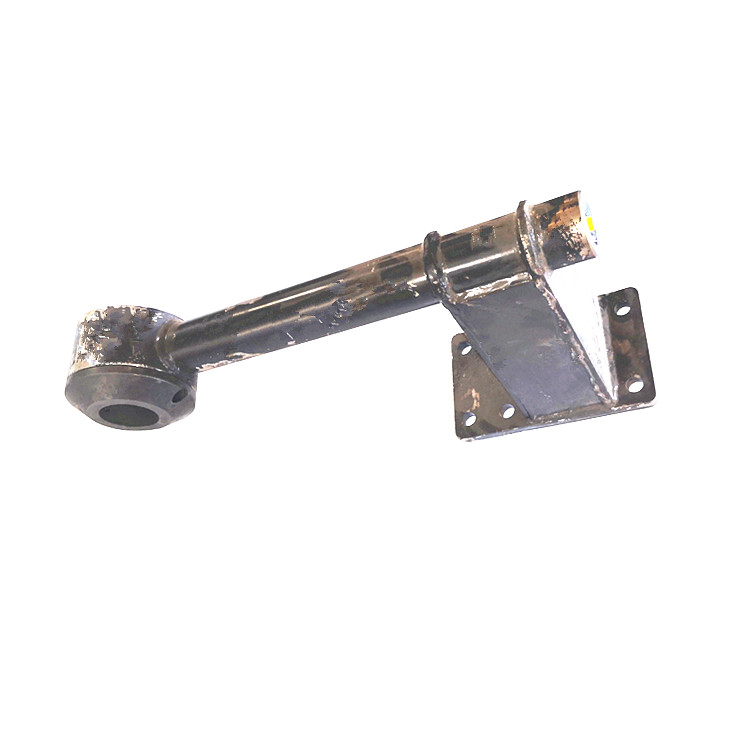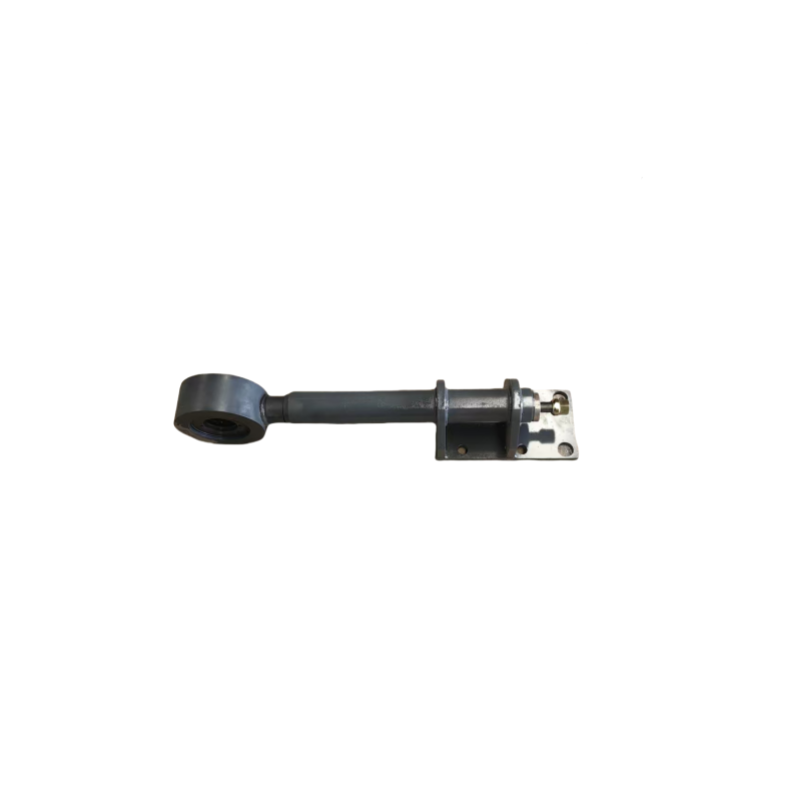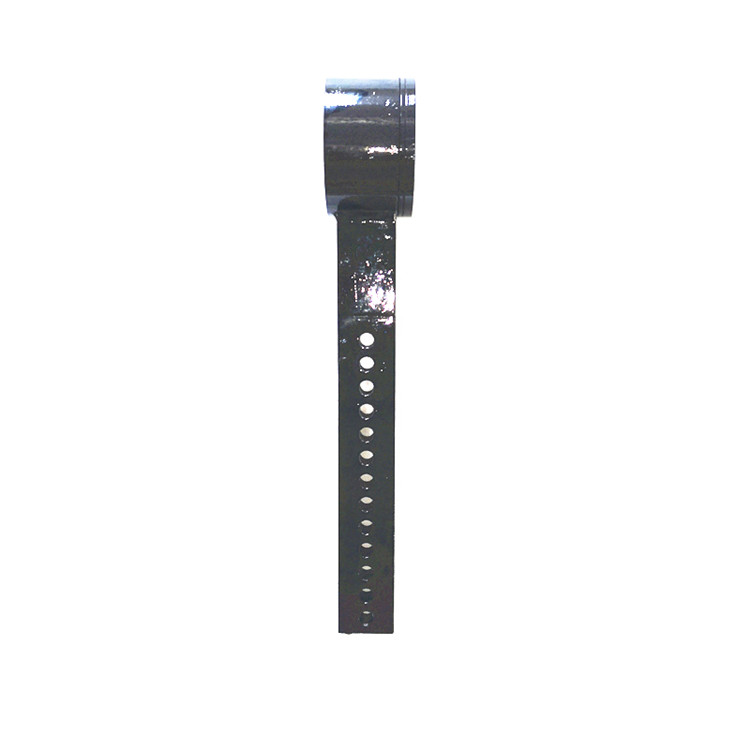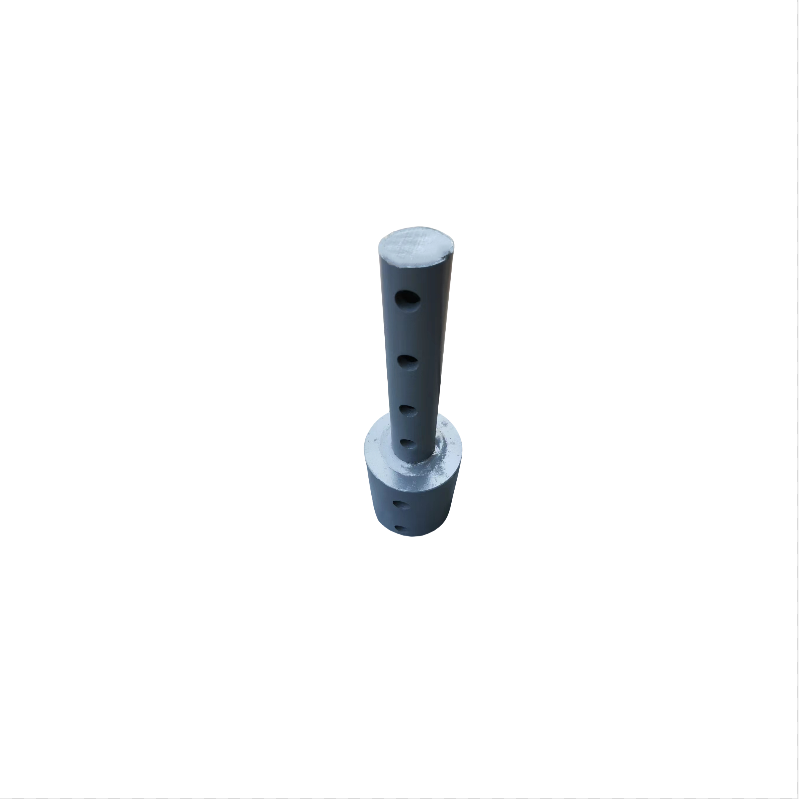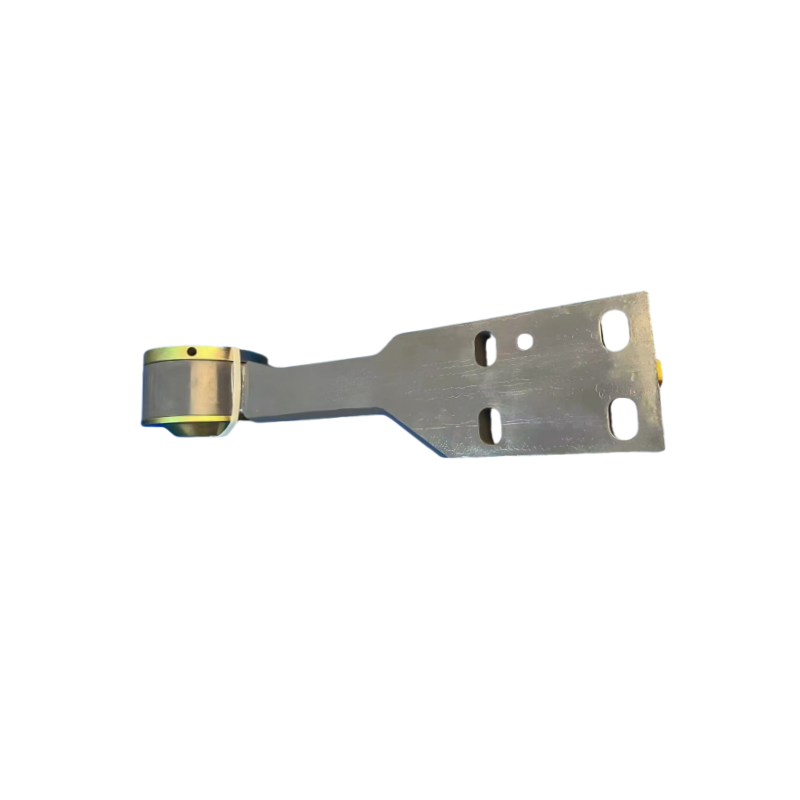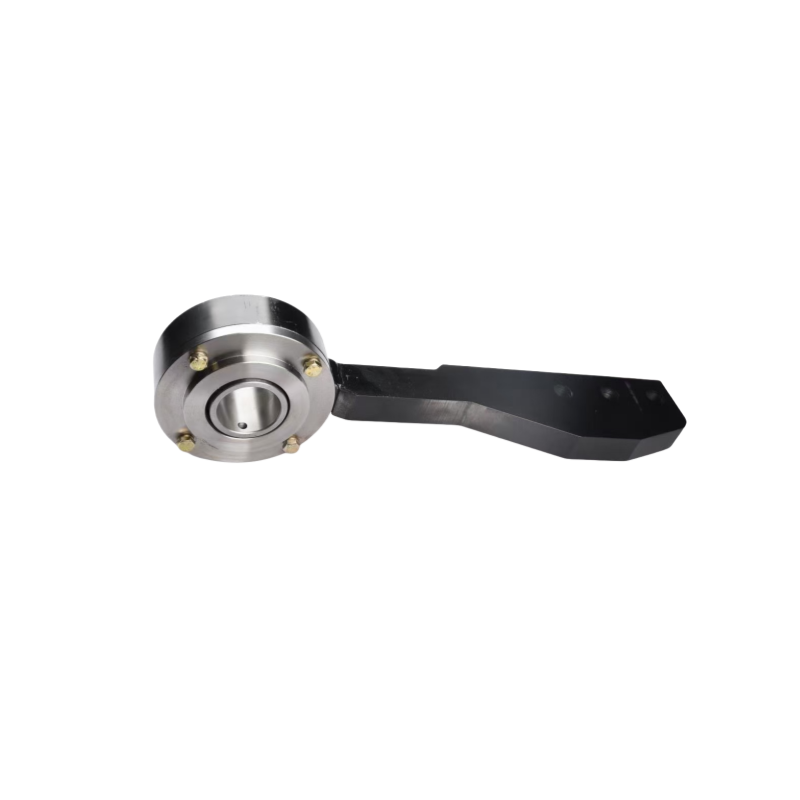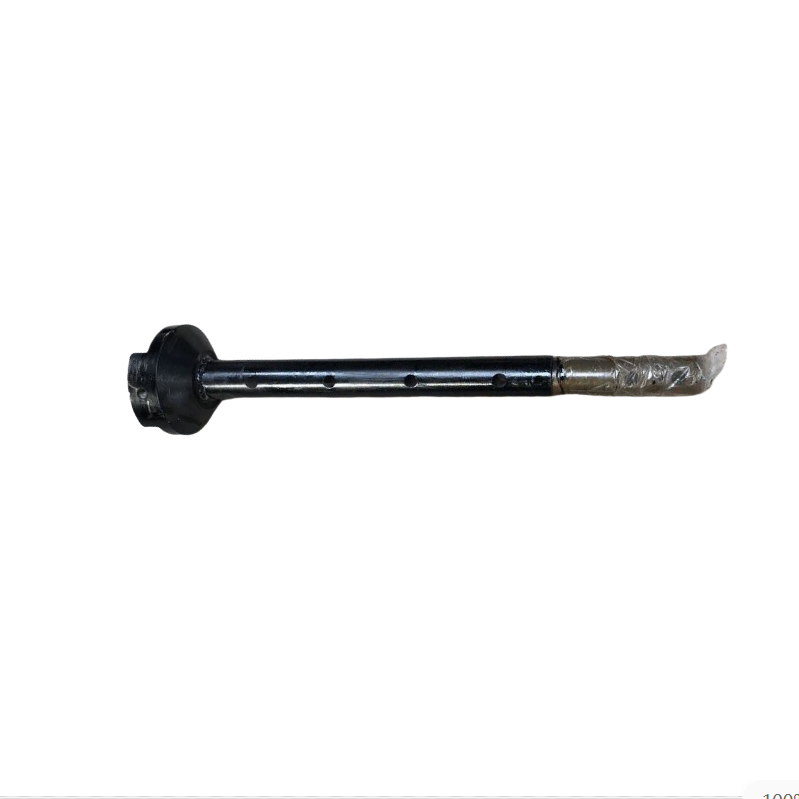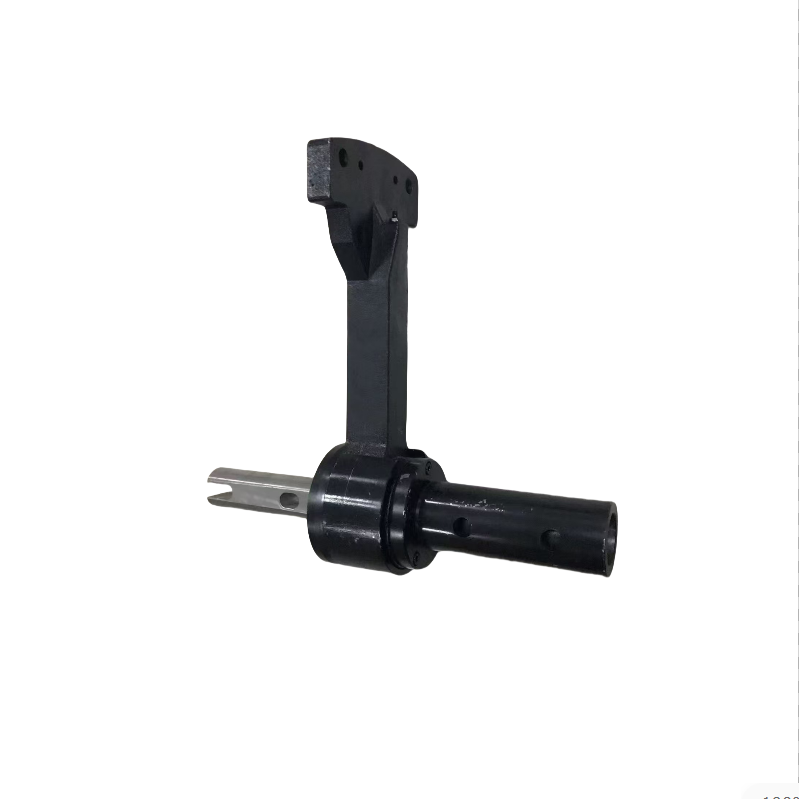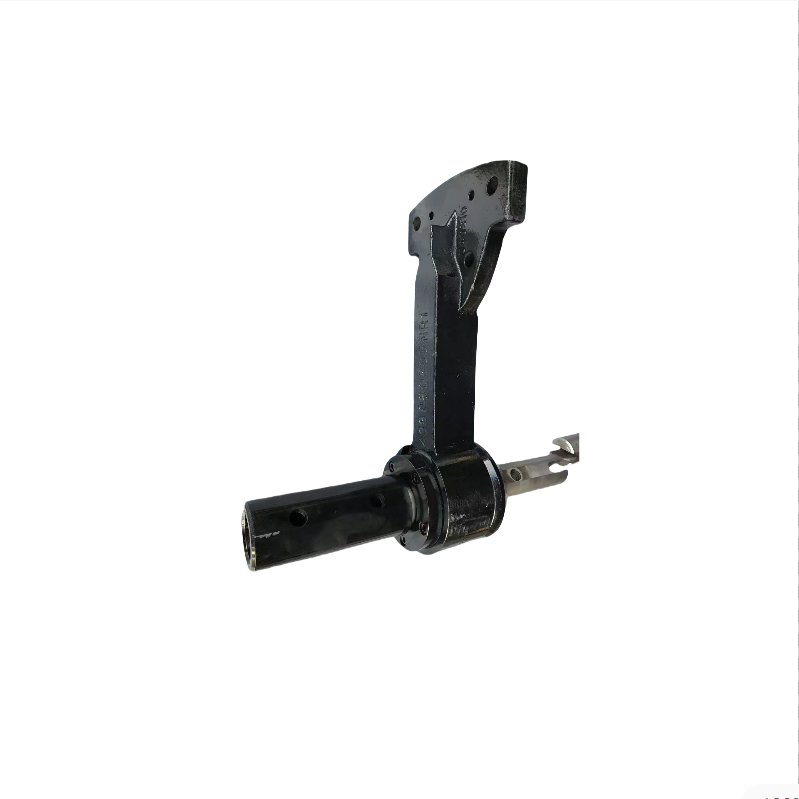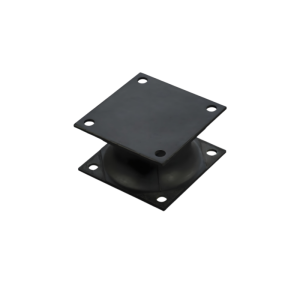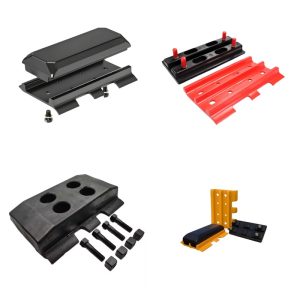- The function of the material divider
Uniform material distribution: Spread the mixture sent by the screw conveyor horizontally and evenly in front of the ironing board to avoid accumulation or gaps.
Control the height of the material level: By adjusting the speed and direction of the dividing rod, maintain a constant height of the material pile in front of the ironing board to ensure consistent paving thickness.
Reduce segregation: By designing reasonable separation blades (spiral blades) and rotation speed, the separation of coarse and fine aggregates in the mixture can be reduced. - Structural composition
Spiral shaft: usually made of hollow steel pipe, with spiral blades welded on the surface.
Spiral blades: divided into continuous or segmented types, with blade diameter, pitch, and rotation direction designed according to the model.
Supporting bearings: installed on both sides of the paver to support the rotation of the spiral shaft.
Drive device: hydraulic motor or chain drive, capable of independently controlling the speed and direction of the left and right feeding rods.
Adjustable components: Some models support adjustment of the height, angle, or blade spacing of the dividing rod. - Work Origin
Mixture conveying: The truck unloads the mixture into the hopper and sends it to the front of the paver through the scraper conveyor.
Spiral feeding: The feeding rod rotates to push the mixture horizontally to both sides, forming a uniform pile of materials.
Ironing plate compaction: After the mixture is distributed by the dividing rod, it is initially compacted by the ironing plate to form a flat road surface. - Key features
Bidirectional rotation: The left and right dividing bars can independently rotate forward and backward, adapting to different paving widths and working conditions (such as joint treatment).
Adjustable speed: The speed is controlled by a hydraulic system to match the paving speed and material quantity requirements.
Wear resistant design: The blade surface may be coated with a wear-resistant layer or made of high-strength materials to extend its service life.
Modular design: Some models support the extension of the length of the dividing rod (by adding or removing segments) to adapt to different paving widths. - Common types
Fixed material divider: The length cannot be changed and is suitable for fixing the paving width.
Telescopic material divider: It can be extended and retracted through hydraulic devices to flexibly adjust the paving width (such as for highways or urban roads).
Sorting rod with auxiliary blades: Small blades are added to the spiral blades to further reduce segregation. - Maintenance and troubleshooting
Daily maintenance:
Check the wear of the spiral blades and repair or replace them in a timely manner.
Lubricate supporting bearings and transmission components.
Clean up the adhered asphalt residue to prevent hardening from affecting the material separation effect.
Common faults:
Uneven material distribution: may be due to blade wear, mismatched speed, or malfunction of the material level sensor.
Abnormal noise or jamming: Damaged bearings or foreign objects mixed in the mixture.
Hydraulic system issue: If the dividing rod does not rotate, it is necessary to check the hydraulic motor or oil circuit. - Selection and Optimization
Matching paving width: Choose fixed or telescopic according to project requirements.
Blade design: Large pitch blades are suitable for coarse aggregate mixtures, while small pitch blades are suitable for fine-grained asphalt.
Automated control: Modern pavers can adjust the speed of the dividing rod in real time through sensors to improve the quality of paving.
Spiral suspension rod
- Function and Function
Material transportation and distribution: The spiral crane arm is connected to the spiral distributor, and the asphalt mixture is horizontally spread in front of the ironing board through rotation to ensure uniform distribution of materials.
Height adjustment: Some designs can adjust the height of the boom to meet different paving thickness requirements.
Structural support: Support the spiral feeder to maintain its stable operation. - Main structural components
Crane arm body: usually made of high-strength steel, wear-resistant and deformation resistant.
Connection mechanism: Connected to the main frame of the paver and the spiral feeder, it needs to have flexibility and stability.
Drive device (some models integrated): hydraulic motor or chain transmission system, driving the screw shaft to rotate.
Adjustment device: The length or angle of the crane arm can be adjusted to adapt to different paving widths (such as telescopic spiral pavers). - Types and characteristics
Fixed boom: simple structure, suitable for standard paving width.
Scalable boom: Adjust the length through hydraulic or mechanical means to adapt to wider paving (such as road widening sections).
Folding boom: convenient for transportation and narrow field operations.
- Technical points
Wear resistance: When in contact with high-temperature asphalt mixtures, the surface is often welded with wear-resistant electrodes or fitted with wear-resistant lining plates.
Balance: It is necessary to ensure the dynamic balance of the spiral distributor during rotation to avoid material segregation.
Hydraulic synchronization (adjustable boom): When multiple booms work together, the hydraulic system needs to be synchronously controlled to ensure even paving. - Maintenance and common problems
Regular lubrication: Transmission components such as bearings and chains need to be kept lubricated to reduce wear.
Check for worn parts, such as wear-resistant lining plates and spiral blades, and replace them in a timely manner.
Common faults:
Uneven spiral material distribution (possibly due to arm deformation or drive failure);
Abnormal noise (bearing damage or insufficient lubrication);
Hydraulic adjustment failure (oil circuit blockage or leakage). - Application scenarios
Road construction: Asphalt layer paving for highways and municipal roads.
Large venues: wide paved areas such as parking lots and airport runways.
Special working conditions: It is necessary to cooperate with other modules of the paver (such as the ironing board and automatic leveling system) for collaborative operation. - Selection suggestions
Match the size and load-bearing capacity of the boom according to the model of the paver.
Prioritize modular design for quick replacement or maintenance.
When working in high temperature environments, pay attention to the heat resistance of materials.

